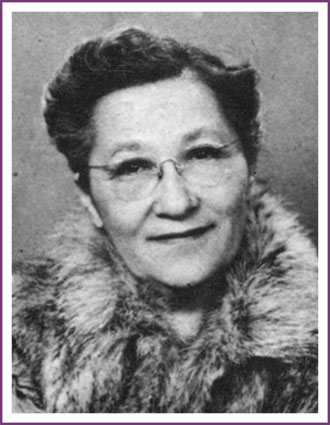KATHRYN (Dyakanoff) SELLER

• Aleut Communities
Inducted: 2017
Deceased: 1980
KATHRYN (Dyakanoff) SELLER
Kathryn Dyakanoff Seller was a pioneer for the Aleut (Unangan) people who blazed the way in education, public speaking, and community activism. She was an outstanding Alaska Native educator who worked for decades in rural Alaska villages and towns.
She was the first teacher in Atka, the surviving village in the central Aleutians, where she taught for four years. She was the first of her people to be a certified teacher and went on to teach in her hometown of Unalaska on the Aleutian chain, in Akhiok (Alitak) on Kodiak Island, in Tyonek, and Eklutna.
Her teaching spanned almost 40 years, all in Alaska’s territorial days. She became an outspoken advocate and strong activist for the rights and culture of her people and was dedicated to helping them. In her career, she influenced thousands of children and adults across Alaska.
As a Native woman in the early years of the 20th century, Seller set an example of the value of education that has rarely been equaled. In 1922 she was asked to write three articles about the Aleut people. Published in 1923 by The Pathfinder of Alaska, they are of great importance to any study of the Aleut people.
Her outstanding work among the Native people of Alaska spanned the disciplines of education, midwifery, church and social work. She was remembered in the Aleut Corporation Newsletter for her “lifelong, tireless efforts to enhance the capabilities of her people to cope with their changing way of life.” She was recognized by the Department of Interior in 1950 when she received a special award for commendable service. That same year Congress awarded her a medal for ‘outstanding service to her people.’ After she retired, she continued to lecture about Alaska and the Aleut people.
View Extended Bio